
Colchicum luteum
(MRP Inclusive of all taxes)
- Shipping ₹79 for entire order
- Dispatch in 7 days
- Country of origin: India

(MRP Inclusive of all taxes)
 Save 29%
Save 29%
Air Purifier Money Plant with Pot The Air Purifier Money Plant, also known as Pothos or Epipremnum aureum, is a stunning indoor plant that...
View full details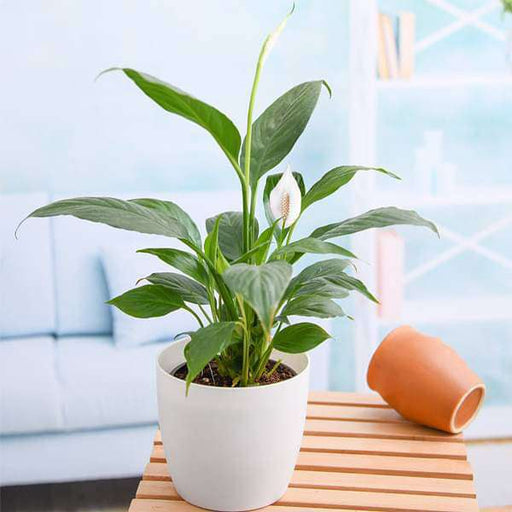
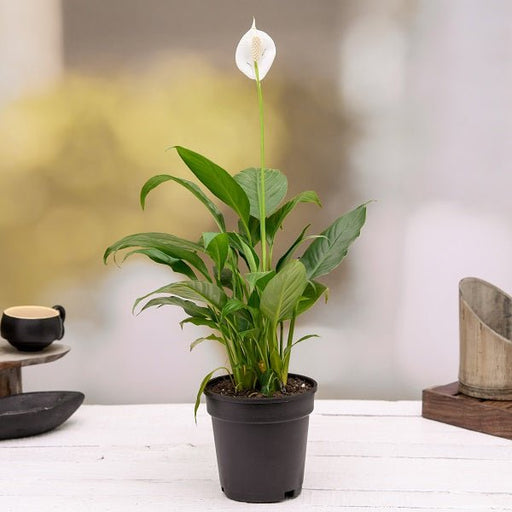 Save up to 15%
Save up to 15%
Peace Lily, Spathiphyllum - Plant The Peace Lily, scientifically known as Spathiphyllum, is a stunning houseplant celebrated for its elegant white...
View full details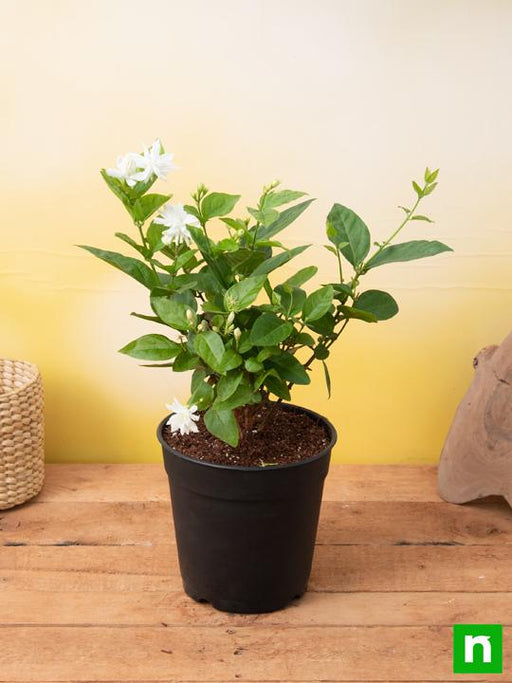
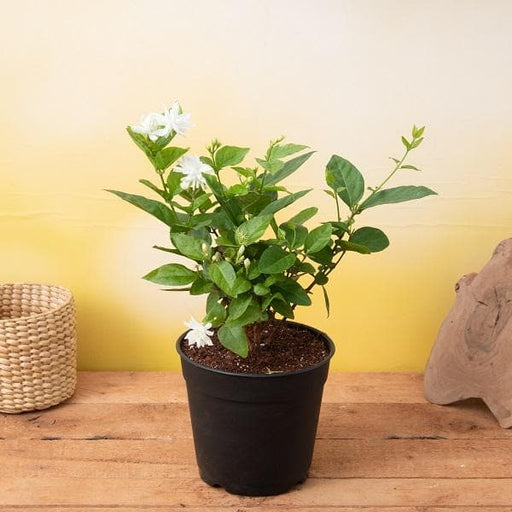 Save 25%
Save 25%
Jasminum sambac, Mogra, Arabian Jasmine - Plant Jasminum sambac, commonly known as Mogra or Arabian Jasmine, is a fragrant flowering plant...
View full details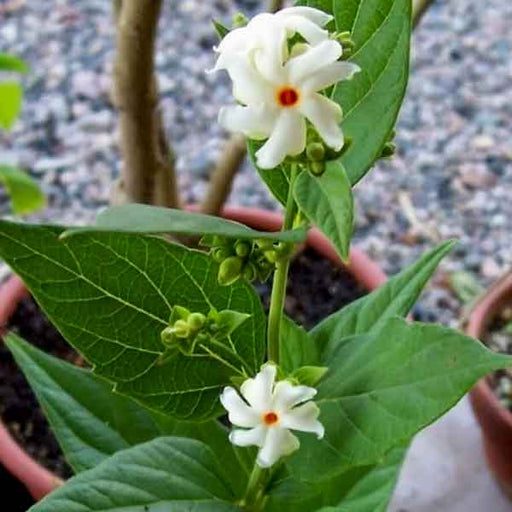
 Save 18%
Save 18%
Combo Constituents Includes the Parijat Tree (Night-Flowering Jasmine), a culturally significant plant with fragrant flowers. Description The Pari...
View full details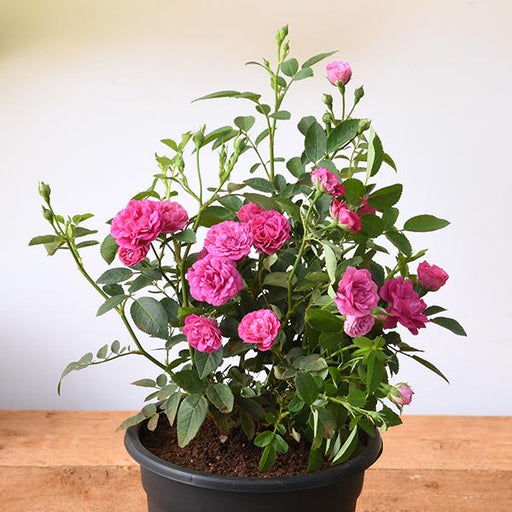
 Save 25%
Save 25%
Miniature Rose, Button Rose (Any Color) - Plant The Miniature Rose, also known as the Button Rose, is a charming and compact flowering plant that ...
View full details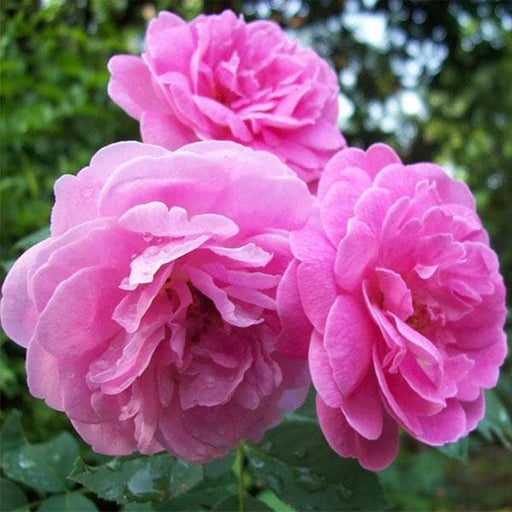 Save 25%
Save 25%
Damascus Rose, Scented Rose (Any Color) - Plant The Damascus Rose, also known as Rosa damascena, is a timeless symbol of beauty and romanc...
View full details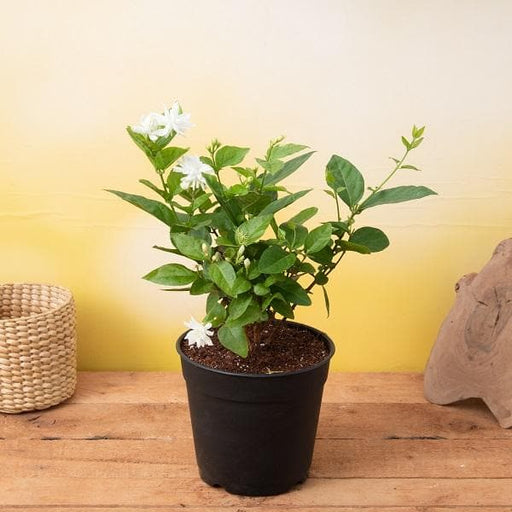
 Save 17%
Save 17%
Beautiful Fragrant Mogra, Arabian Jasmine Plant with Pot The Beautiful Fragrant Mogra, also known as Arabian Jasmine (Jasminum sambac), is...
View full details Save 15%
Save 15%
Pack of Vermicompost and Neem Cake for House Plants Transform your indoor garden with our premium Pack of Vermicompost and Neem Cake, spec...
View full details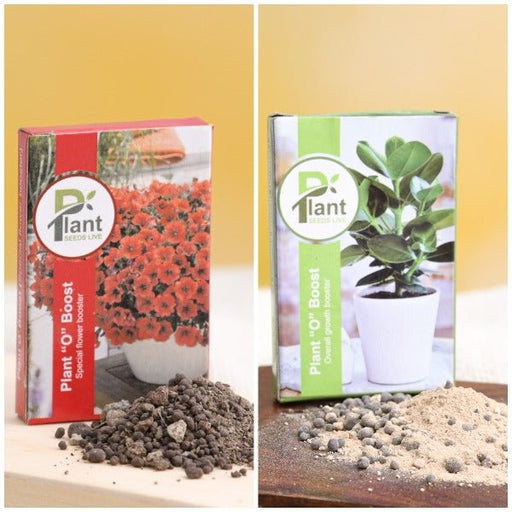
Pack of Plant Growth and Flower Boosters Unlock the full potential of your garden with our Pack of Plant Growth and Flower Boosters! This ...
View full details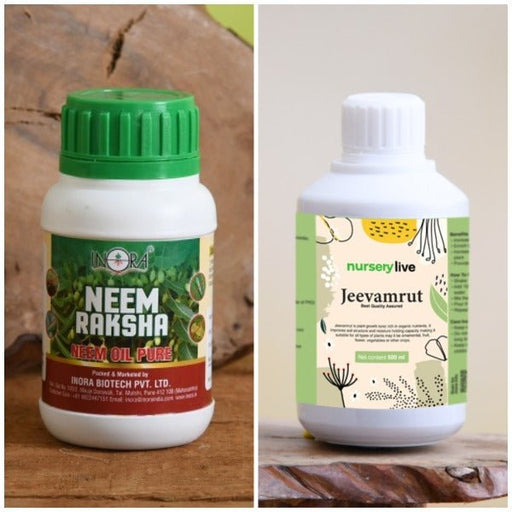 Save 38%
Save 38%
Combo of Jeevamrut and Neem Raksha for Easy Growth and Protection of Houseplants Transform your indoor garden with our exclusive combo of ...
View full details Save 22%
Save 22%
Plant Nutrients Kit (Pack of 16) for a Healthy Garden Transform your garden into a lush paradise with our Plant Nutrients Kit, featuring 1...
View full details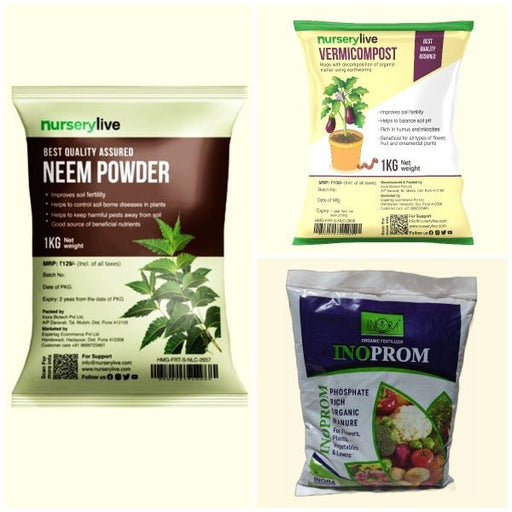 Save 16%
Save 16%
Combo of Top Plant Fertilizers Elevate your gardening game with our exclusive Combo of Top Plant Fertilizers, featuring two bags of premiu...
View full details Save 24%
Save 24%
Pack of 4 Additives to Make Soil Healthy and Nutrient Rich Transform your garden into a thriving ecosystem with our Pack of 4 Additives de...
View full details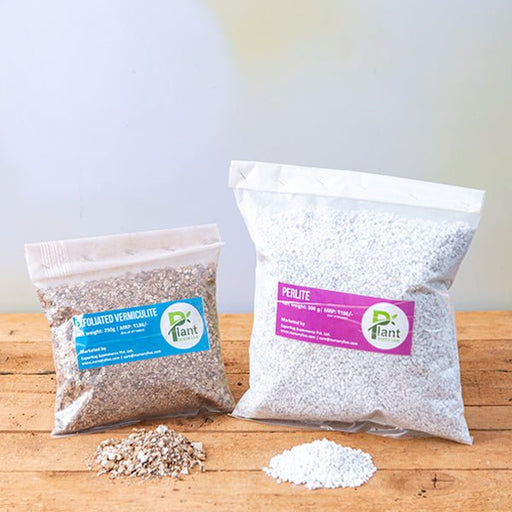 Save 30%
Save 30%
Transform your gardening experience with our premium Combo of Perlite and Vermiculite. This unique blend is designed to enhance soil aeration and ...
View full details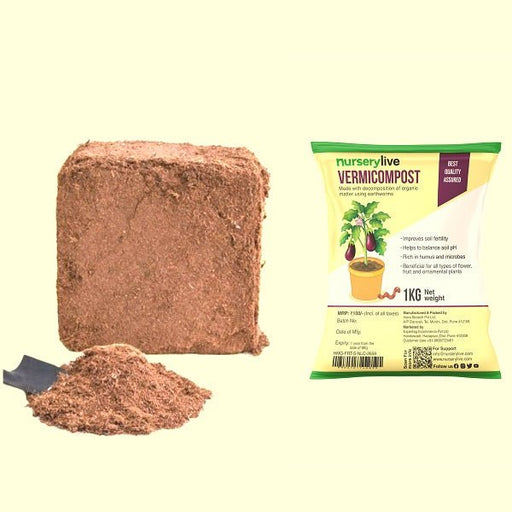 Save 27%
Save 27%
Combo of 2 Vermicompost and Cocopeat - Enrich Your Soil Naturally! Transform your garden into a thriving ecosystem with our Combo of 2 Ver...
View full details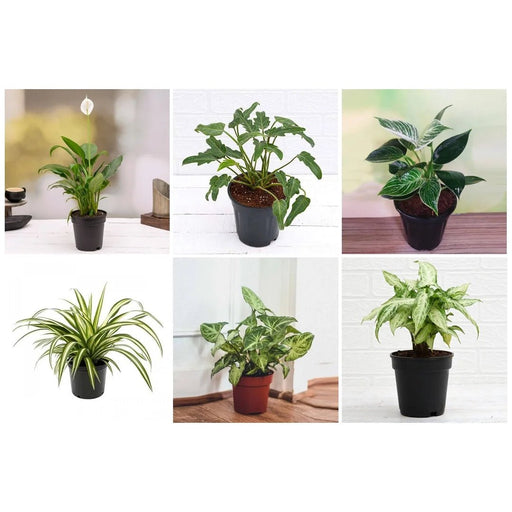
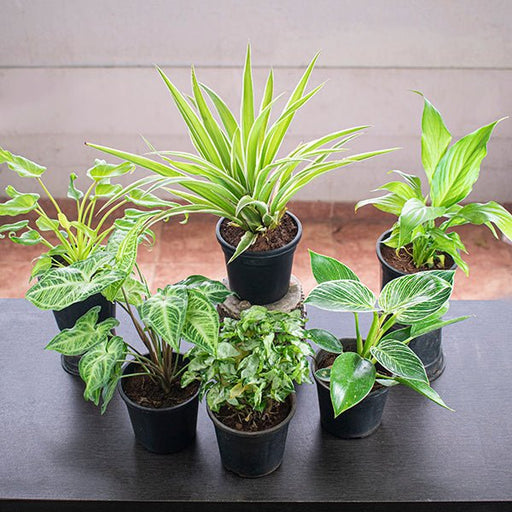 Save 35%
Save 35%
Best 6 Plants for Perfect Indoor Garden Transform your living space into a lush oasis with our curated collection of the Best 6 Plants for a...
View full details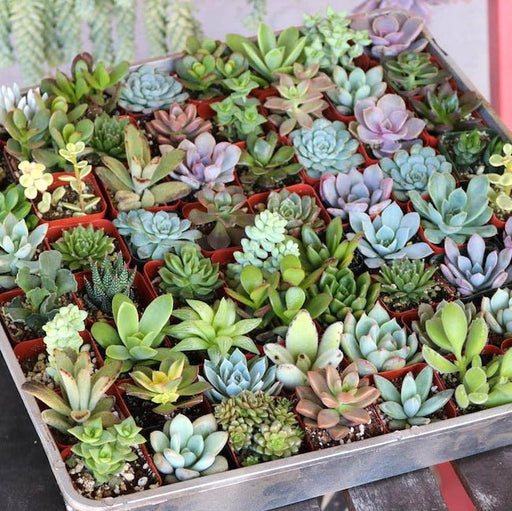
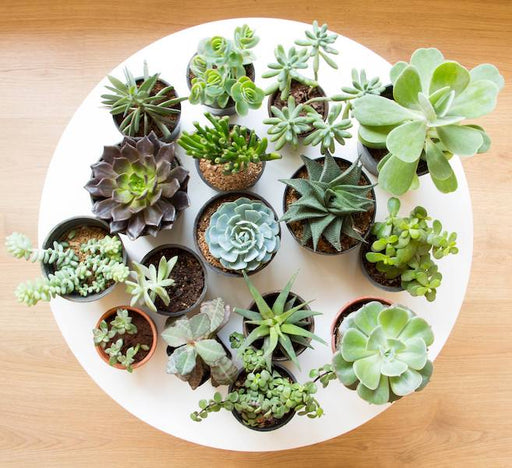 Save up to 50%
Save up to 50%
Mini Succulent Garden Pack Transform your space with our Mini Succulent Garden Pack, featuring a delightful collection of 4 any variety beautiful s...
View full details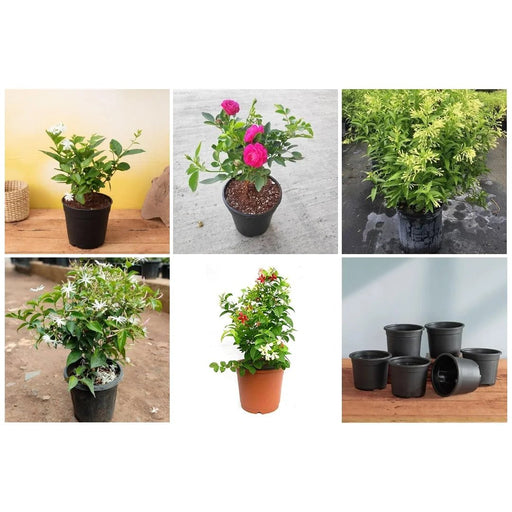
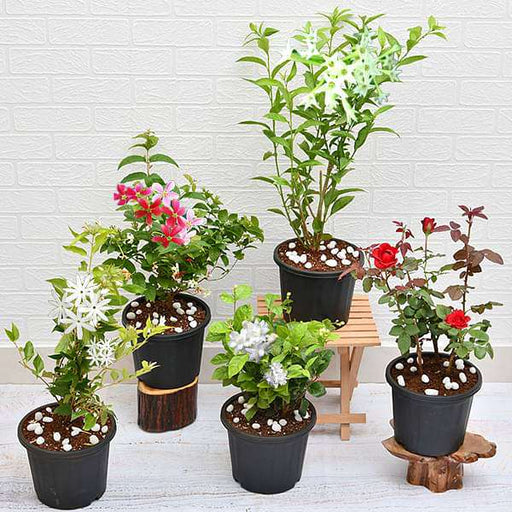 Save 30%
Save 30%
5 Best Fragrant Plants Transform your garden or indoor space into a fragrant paradise with our curated selection of the 5 Best Fragrant Plants. Th...
View full details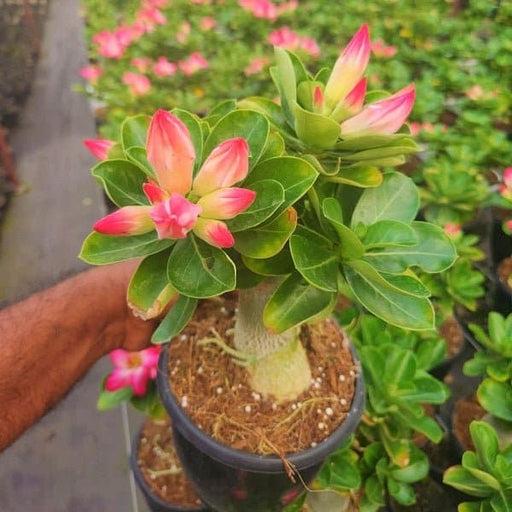
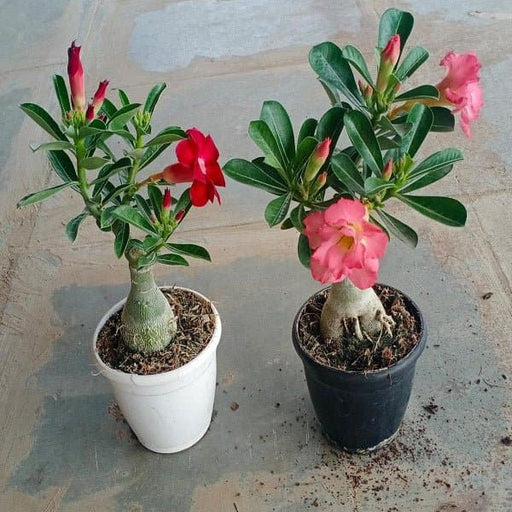 Save 24%
Save 24%
Set of 2 Bonsai Looking Grafted Adeniums Transform your indoor or outdoor space with our exquisite Set of 2 Bonsai Looking Grafted Adenium...
View full details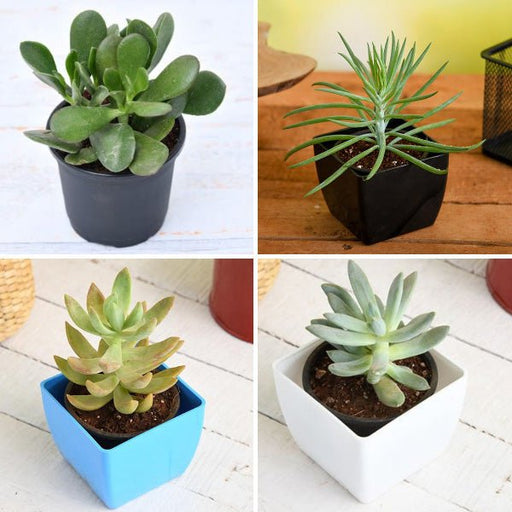 Save 45%
Save 45%
Top 4 Die Hard Succulents Pack Transform your indoor or outdoor space with our Top 4 Die Hard Succulents Pack, featuring a curated selecti...
View full details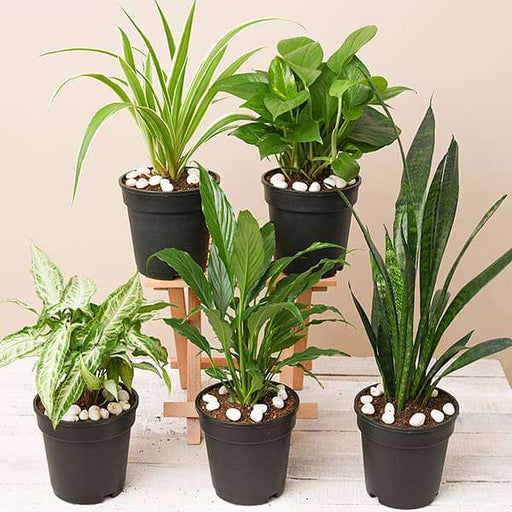
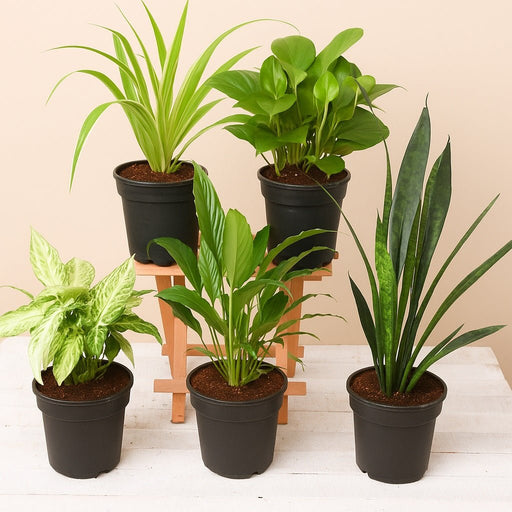 Save 30%
Save 30%
5 Best Indoor Plants Pack Transform your living space into a lush oasis with our '5 Best Indoor Plants Pack.' This carefully curated collection fe...
View full details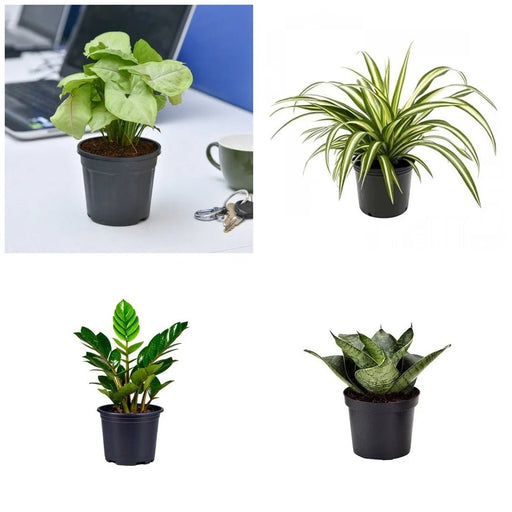
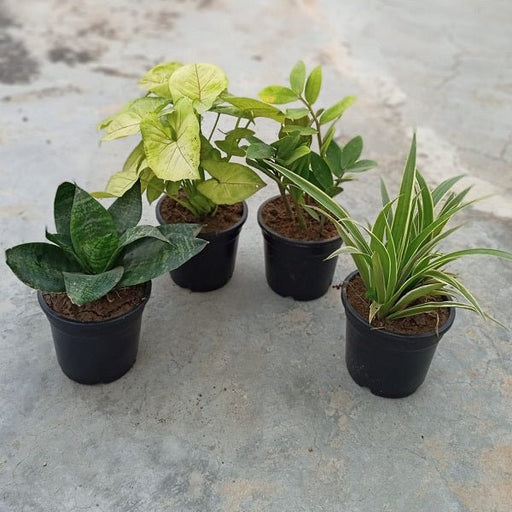 Save 25%
Save 25%
Set of 4 Evergreen Air Purifier Plant Pack Transform your indoor space into a lush, green oasis with our Set of 4 Evergreen Air Purifier Pla...
View full details| SrNo | Item Name |
|---|---|
| 1 | Colchicum luteum |
Colchicum luteum, commonly known as the Golden Autumn Crocus, is a stunning perennial plant native to the Mediterranean region. This unique flowering bulb produces vibrant yellow blooms that emerge in the fall, often before the leaves appear. With its striking appearance and late-season flowering, it adds a splash of color to gardens when most other plants have faded. Its ability to thrive in various soil types makes it a favorite among gardeners and horticulturists alike.
What makes Colchicum luteum special is its resilience and adaptability. Unlike many other flowering plants, it blooms in the cooler months, providing essential nectar for late-season pollinators. This characteristic not only enhances biodiversity but also supports the ecosystem by attracting bees and other beneficial insects. Its historical use in traditional medicine further adds to its allure, as it has been valued for its medicinal properties for centuries.
The special feature of Colchicum luteum is its unique growth cycle. The plant's leaves emerge in spring, but the flowers do not appear until autumn, creating a fascinating contrast in the garden. This unusual blooming pattern allows it to stand out among other fall flowers, making it a prized addition to any landscape.
If you’re wondering where Colchicum luteum likes to hang its leafy hat, look no further than the sunny slopes of the Mediterranean. This plant thrives in well-drained soils, often found in rocky terrains. It’s like the diva of the plant world, preferring a stage that’s just right—too much moisture, and it’ll throw a tantrum. So, if you’re planning a garden party, make sure to invite this beauty to the sunniest spot!
Caring for Colchicum luteum is like nurturing a high-maintenance friend. It demands well-drained soil and a sprinkle of love in the form of occasional watering. Too much attention, and it might sulk; too little, and it’ll wilt. Just remember, this plant is a bit of a drama queen, so keep the balance and it’ll reward you with stunning blooms that steal the show.
When it comes to blooming, Colchicum luteum knows how to make an entrance. Typically, it bursts into a riot of color in late summer to early autumn, just when you thought the garden was winding down. It’s like the encore at a concert—unexpected and utterly delightful. So, if you want to keep the garden party going, this plant is your ticket to a vibrant finale.
Beware, plant lovers! Colchicum luteum is not just a pretty face; it comes with a warning label. This plant contains alkaloids that can be toxic if ingested. It’s like that friend who looks great but has a penchant for mischief. Keep it out of reach of curious pets and children, and you’ll enjoy its beauty without the drama of a trip to the ER.
Propagating Colchicum luteum is like trying to teach a cat new tricks—challenging but rewarding. The best method is through corm division, which is best done in late summer. Just dig up the corms, separate them, and replant. It’s a bit of a labor of love, but once you see those new plants sprouting, you’ll feel like a gardening wizard.
Colchicum luteum isn’t just a pretty face; it’s also a versatile plant. Often used in ornamental gardens, its striking flowers can add a pop of color to any landscape. It’s like the fashionista of the plant world, always in vogue. Plus, it can be used in traditional medicine, though you might want to consult a professional before trying any home remedies.
If Colchicum luteum had a wish list, well-drained soil would be at the top. This plant thrives in sandy or loamy soils that allow for good drainage. It’s like a picky eater at a buffet—only the best will do. So, if you want to keep your Colchicum luteum happy, make sure it’s not sitting in soggy soil, or it might just throw a fit.
Sunlight is the secret ingredient to a happy Colchicum luteum. This plant loves basking in full sun, but it can tolerate partial shade. Think of it as a sunbather who occasionally enjoys a little shade under an umbrella. So, if you want your plant to thrive, give it a sunny spot where it can soak up those rays and show off its fabulous blooms.
Like any diva, Colchicum luteum can attract a few unwanted guests. Aphids and snails are the usual suspects, trying to crash the party. But fear not! A little neem oil or handpicking can keep these pests at bay. Just remember, a little vigilance goes a long way in ensuring your plant remains the star of the show.
If Colchicum luteum were to host a garden party, it would invite companions like ornamental grasses and low-growing perennials. These plants complement its beauty without stealing the spotlight. Think of them as the supporting cast in a blockbuster movie—essential for a well-rounded performance. Together, they create a stunning visual display that will have your neighbors green with envy.
The history of Colchicum luteum is as rich as its vibrant blooms. This plant has been cherished since ancient times, often associated with medicinal uses. It’s like the wise elder of the garden, holding secrets of the past. From folklore to modern gardening, its legacy continues, proving that beauty and history can coexist in perfect harmony.
Colchicum luteum, also known as yellow autumn crocus, is a charming perennial plant that blooms in the fall. With its vibrant yellow flowers, it’s like nature’s way of saying, “Surprise! Spring is just around the corner!” This beauty thrives in well-drained soil and loves a sunny spot, making it a delightful addition to any garden.
Colchicum luteum prefers the temperate regions of Europe and Asia, where it can bask in the sun and show off its golden blooms. It’s like the diva of the garden, demanding well-drained soil and a sunny stage to perform its floral magic. Just make sure it has enough space to strut its stuff!
Yes, Colchicum luteum is toxic! It contains colchicine, a compound that can cause serious health issues if ingested. So, while it may look like a tempting treat for curious critters, it’s best to admire this beauty from a distance. Remember, not all that glitters is gold—some of it can be quite dangerous!
Caring for Colchicum luteum is a breeze! Plant it in well-drained soil, give it a sunny spot, and let it do its thing. Water it moderately, especially during dry spells, but don’t drown it—this diva prefers to keep her roots dry. With minimal fuss, you’ll be rewarded with stunning autumn blooms!
Colchicum luteum blooms in the fall, usually between September and October. It’s like the garden’s way of throwing a farewell party for summer! These golden flowers pop up when most other plants are winding down, adding a splash of color to the autumn landscape. Who knew fall could be so fabulous
Absolutely! Colchicum luteum can thrive in pots, making it a perfect choice for container gardening. Just ensure the pot has good drainage—no soggy bottoms allowed! With the right care, you can enjoy its stunning blooms on your patio or balcony, bringing a touch of autumn elegance to your outdoor space.
Colchicum luteum loves well-drained soil that’s rich in organic matter. Think of it as a high-maintenance friend who prefers the finer things in life! A sandy or loamy mix will keep its roots happy and healthy. Just remember, soggy soil is a no-go; this plant prefers to keep its feet dry and stylish!
Water Colchicum luteum moderately, allowing the soil to dry out between waterings. It’s like giving it a spa day—too much water, and it’ll feel overwhelmed! During dry spells, a little extra hydration is appreciated, but avoid drowning it. This plant knows how to keep its cool, so let it enjoy a little dryness!
Yes, Colchicum luteum is generally deer resistant! Those pesky critters tend to steer clear of its toxic charm. So, if you’re tired of sharing your garden with hungry deer, this plant is a great choice. It’s like having a bouncer for your garden—keeping unwanted guests at bay while you enjoy the floral show!
Yes, you can propagate Colchicum luteum! The best method is through corm division in late summer. Just dig up the corms, separate them, and replant. It’s like giving your plant a family reunion! With a little patience and care, you’ll soon have more of these golden beauties to brighten your garden.
Colchicum luteum is relatively pest-resistant, but watch out for snails and slugs—they can be quite the party crashers! If they start munching on your precious blooms, a little organic deterrent or hand-picking can save the day. Keep your garden drama-free and let this beauty shine without unwanted guests!